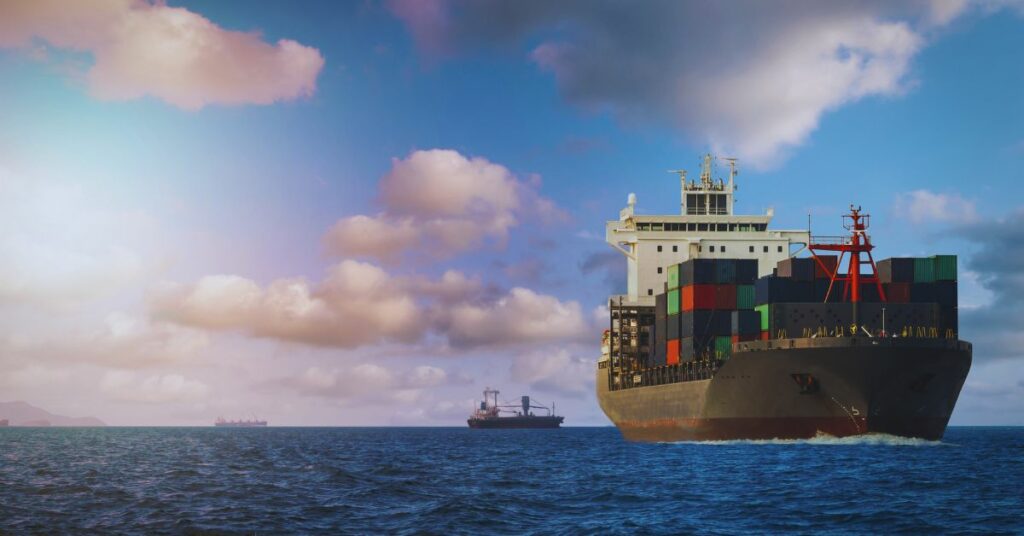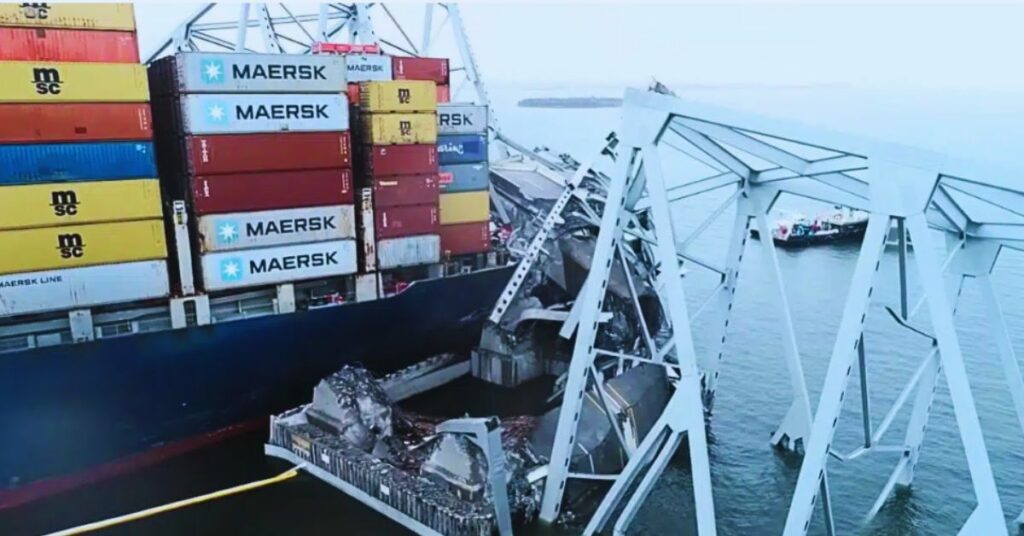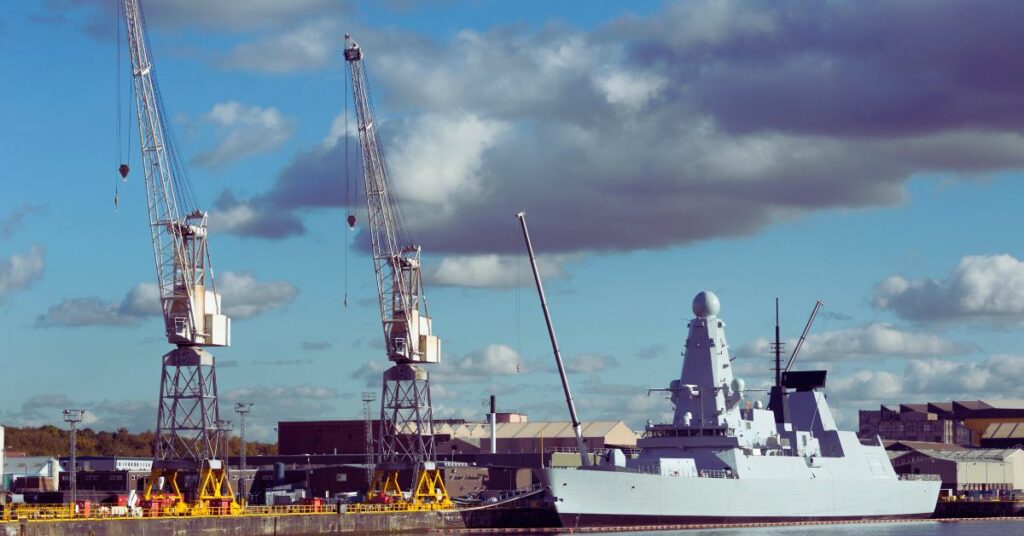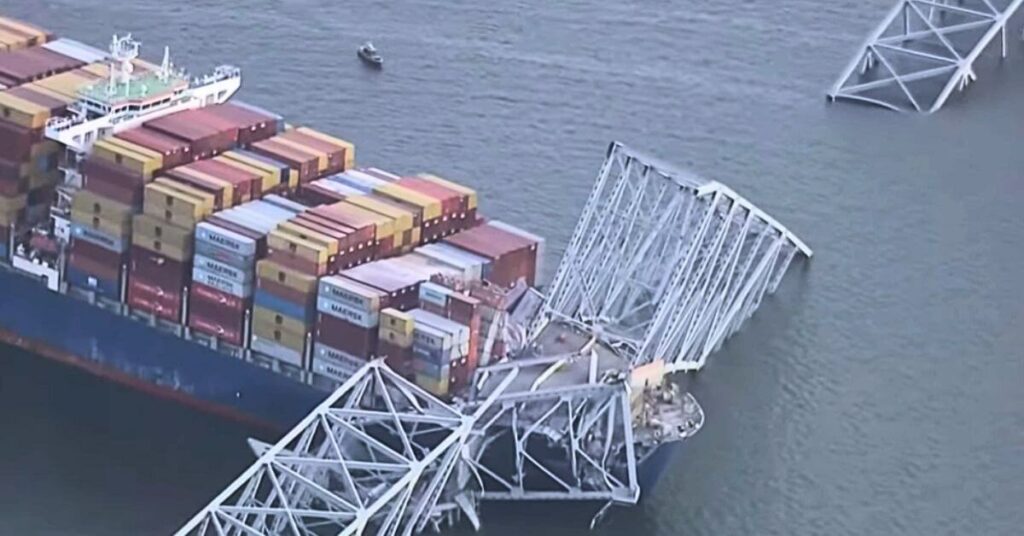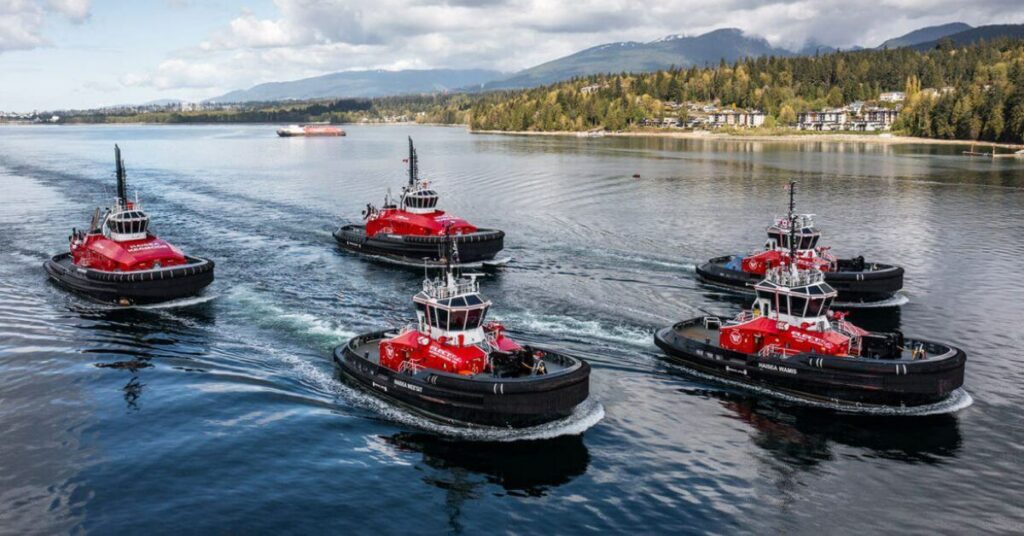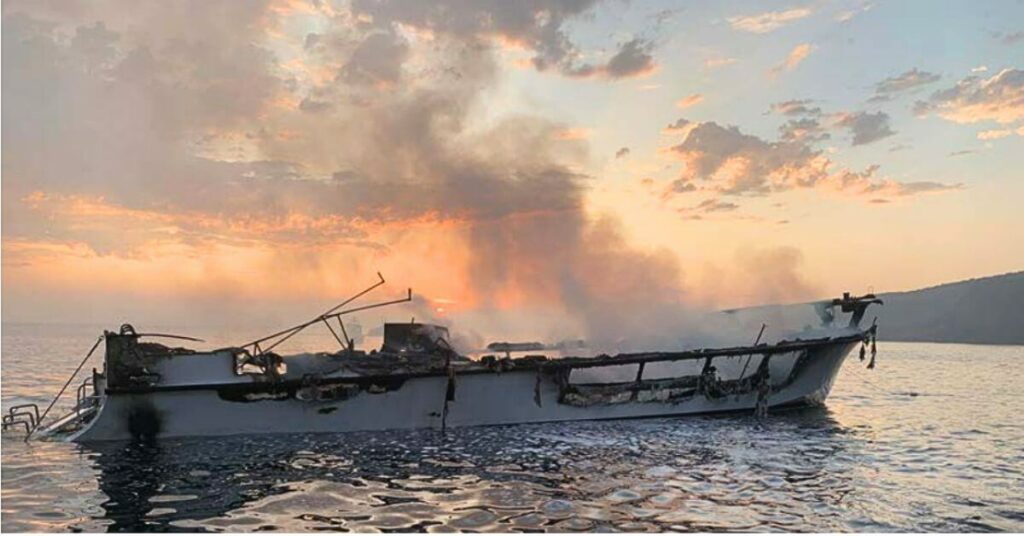Us Navy Is Developing New ‘Iron Man’ Diving Suit To Enhance Diver Safety
The Navy has been working on developing a new “Iron Man” diving suit that targets enhancing diver safety and permitting them to work in deeper waters for a longer time.
The Deep Sea Expeditionary with No Decompression system, popular as DSEND, is an advanced, form-fitting atmospheric dive suit comprising flexible and rotating joints to offer divers increased mobility while keeping the internal pressure steady.
Paul McMurtrie told Navy Times that it’s a hard suit that a diver has to crawl into. Paul McMurtrie is the program manager of the diving systems of Naval Sea Systems Command and a retired master diver of the Navy. A great depiction would be an Iron Man suit for a diver underwater.
Navy divers have to take responsibility for deep ocean salvage of aircraft and vessels, underwater rescues, explosive ordnance disposal, vessel hull maintenance, and the recovery of submerged equipment.
But one of the main challenges the divers encounter is dealing with water pressure in deep waters and decompression sickness that happens when nitrogen does not have sufficient time to clear from a diver’s blood owing to a quick decrease in water pressure.
How are Navy Divers Gearing up for the Arctic Battlefront?

To execute 20 to 25 minutes of work deep underwater, a typical work session, divers must use a diving bell or a saturation system pressurized with gas to match the water pressure outside. The deeper a diver descends, the higher the danger from rising water pressure. They then ascend gradually — pausing at intervals — to stop nitrogen from forming bubbles in their tissues/blood, resulting in decompression sickness, called “the bends,” and other complications, such as inner ear injuries from undersea exposure.
On surfacing, the divers then need to spend the following 90 minutes in a decompression chamber, McMurtrie explained. Even following the protocols does not eliminate the chance of decompression sickness.
But the DSEND system tries to rectify such issues.
The suit that has been in the works for over five years eliminates the requirement for a gradual ascent to the surface as it offers a consistent atmospheric pressure. This permits the divers to spend more time underwater, per McMurtrie.
McMurtrie said that with the help of the suit, it could be possible to drop an individual down to the bottom, and the person can work there for up to six hours and come back up. Once the previous fellow gets out of the suit, the next person jumps in and can stay down for another six hours.
He added that the job that would typically take mixed-gas divers two or three weeks to execute, the suit could knock it out within a day or two with a smaller team, smaller footprint, and with zero fear of suffering decompression sickness.
The US Navy is working on combining diver teams to prepare for future wars.
Even though the concept of an atmospheric dive suit is not new, the Navy right now does not use any as it found they were way too heavy and came with logistical challenges for the Navy, per Dr Sandra Chapman, a program officer associated with the warfighter performance department of the Office of Naval Research’s. Besides, they were bulky, making it increasingly difficult for divers to manoeuvre and execute tasks.
The DSEND system is a one-person sub. However, it is form-fitted to the point where an individual can operate just like a diver, Chapman explained to Navy Times. The Navy’s Office of Naval Research, Naval Undersea Warfare Center, Naval Surface Warfare Center Panama City, and Naval Sea Systems Command lead this project.
The DSEND suit is currently in the early stages and will not be able to hit the fleet for several more years. The product is a concept and in the nascent stages of product development as a tech candidate while the initial prototypes are constructed.
Future steps for the suit include being designated a future naval capability sometime between fiscal 2025 and 2027, followed by a three-year development assignment to build a prototype suit capable of diving 300 feet. Once successful, the suit would require certification before producing several suits.
In demonstrations carried out in 2023, the DSEND divers could pull a mannequin from an aircraft fuselage, salvage wreckage, and navigate tunnels like those of sunken vessels. These are some of the things that the current atmospheric dive suits couldn’t do, McMurtrie explained. He added that these demonstrations highlight that the suit can do anything a wet diver can do — and perform the same way.
The demonstrations included female and male divers, who were allowed several days to familiarize themselves with the suit, per McMurtrie. The divers soon became comfortable in the suit following such an exposure. He added that he thinks that most Navy divers who get into the suit would be capable of performing the same way.
Reference: Yahoo, Navytimes
Disclaimer :
The information contained in this website is for general information purposes only. While we endeavour to keep the information up to date and correct, we make no representations or warranties of any kind, express or implied, about the completeness, accuracy, reliability, suitability or availability with respect to the website or the information, products, services, or related graphics contained on the website for any purpose. Any reliance you place on such information is therefore strictly at your own risk.
In no event will we be liable for any loss or damage including without limitation, indirect or consequential loss or damage, or any loss or damage whatsoever arising from loss of data or profits arising out of, or in connection with, the use of this website.
Disclaimer :
The information contained in this website is for general information purposes only. While we endeavour to keep the information up to date and correct, we make no representations or warranties of any kind, express or implied, about the completeness, accuracy, reliability, suitability or availability with respect to the website or the information, products, services, or related graphics contained on the website for any purpose. Any reliance you place on such information is therefore strictly at your own risk.
In no event will we be liable for any loss or damage including without limitation, indirect or consequential loss or damage, or any loss or damage whatsoever arising from loss of data or profits arising out of, or in connection with, the use of this website.
Do you have info to share with us ? Suggest a correction
About Author
Marine Insight News Network is a premier source for up-to-date, comprehensive, and insightful coverage of the maritime industry. Dedicated to offering the latest news, trends, and analyses in shipping, marine technology, regulations, and global maritime affairs, Marine Insight News Network prides itself on delivering accurate, engaging, and relevant information.

About Author
Marine Insight News Network is a premier source for up-to-date, comprehensive, and insightful coverage of the maritime industry. Dedicated to offering the latest news, trends, and analyses in shipping, marine technology, regulations, and global maritime affairs, Marine Insight News Network prides itself on delivering accurate, engaging, and relevant information.
Latest Shipping News Articles You Would Like:
Daily Maritime News, Straight To Your Inbox
Sign Up To Get Daily Newsletters
Join over 60k+ people who read our daily newsletters
By subscribing, you agree to our Privacy Policy and may receive occasional deal communications; you can unsubscribe anytime.




